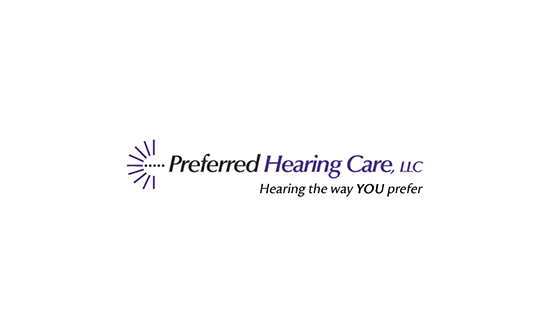One component of hearing loss that is not often discussed is the basic decrease in safety of people who have experienced it. For example, imagine that a fire breaks out in your home; if you are like most of us you have smoke alarms to sound an alert so that you and your loved ones can evacuate the premises before the fire spreads too far and traps you. But this time suppose that the fire breaks out at night, when you’re sleeping, and you have taken off your hearing aids.
The smoke alarms common in most homes and those required by city and local governments emit a loud warning sound at a frequency between 3,000 and 4,000 Hz. And while most people can hear these sounds easily, these frequencies are among those most affected by age-related hearing loss and other kinds of auditory impairment. So if you’re one of the more than 11 million Americans with hearing problems, there’s a possibility that you wouldn’t hear your smoke detector even if you were awake.
Luckily, there are home safety products that are expressly designed for the requirements of the hearing impaired. For instance, there are smoke detectors that emit a low-frequency (520 Hz) square wave sound that a majority of hearing-impaired individuals can hear. In case you are fully deaf without your hearing aid or when you turn off your cochlear implants (CIs), there are other alert systems which use a combination of flashing lights, very loud alarms, and bed shakers to wake you up in an emergency. For complete home safety, many of these newer devices have been designed to be easily integrated into more extensive home protection systems to warn you in case of burglars, or if neighbors are hammering on your doors.
To hear other sounds which might indicate danger, many hearing-impaired individuals have set up induction loops in their homes to improve the efficiency of their hearing aids or CIs. These systems are basically long strands of wire positioned in a loop around your living room, kitchen, or bedrooms. These serve to activate the telecoils inside your hearing aid or CI that raise the volume of sound; this can be very helpful during emergency situations.
We should not forget the basic telephone, which is vital in an emergency of any kind. The majority of modern telephones now can be found in models that are hearing aid and CI-compatible, which permit their use during either normal or extraordinary conditions. Other models incorporate speakerphone systems with very high volumes that can be used by the hearing impaired, and more notably, can be voice-activated. These phones allow you to voice-dial for assistance in an emergency situation. There are other accessories for cell phones, such as vibrating wristbands that can alert you to an incoming telephone call even if you’re sleeping.
Other safety tips are less technological and more practical, like always keeping the phone numbers of fire departments, ambulance companies, health care providers, and emergency services handy. If we may be of assistance to you in helping to make your house safer for the hearing impaired, give us a call; we’ll be happy to help.
Home Safety Ideas if a Member of Your Household is Hearing Impaired
The site information is for educational and informational purposes only and does not constitute medical advice. To receive personalized advice or treatment, schedule an appointment.
